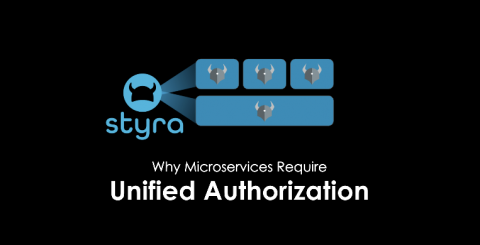Why Microservices Require Unified Tools for Authorization
Cloud-native organizations embracing microservices are running into an unavoidable security question: how to handle microservice authorization controls? The central problem is this: unlike monolithic app structures, microservices architectures expose dozens more functionality through APIs, which can leave them vulnerable to attack.





